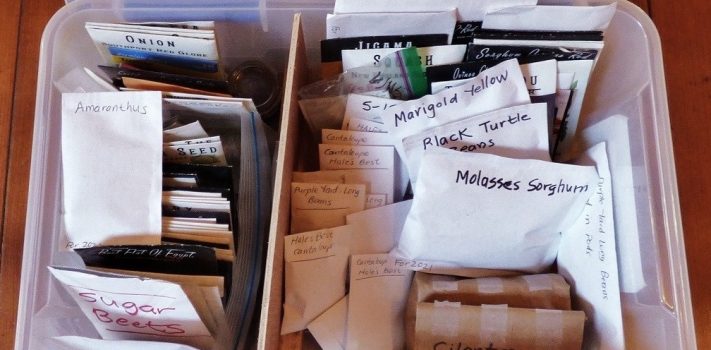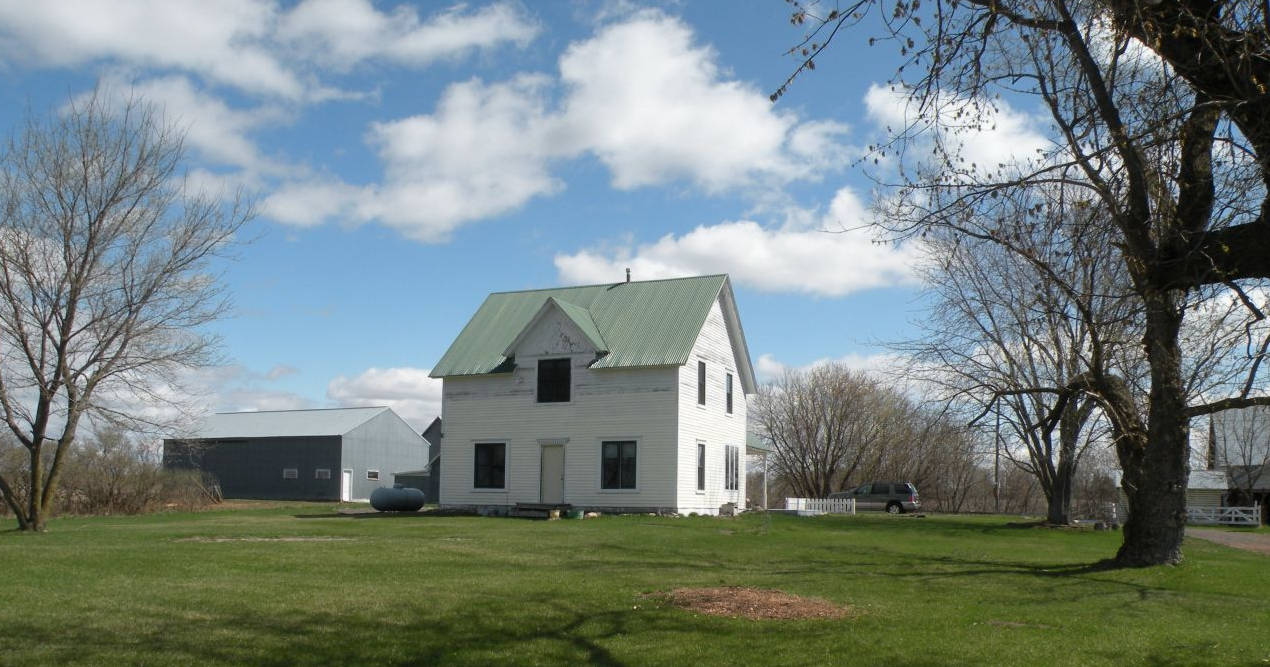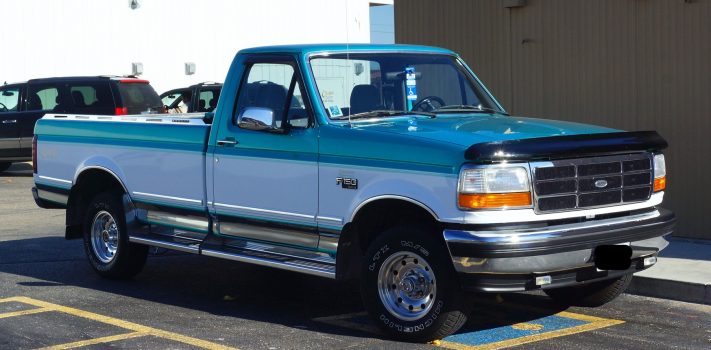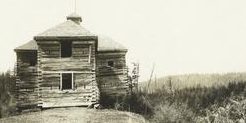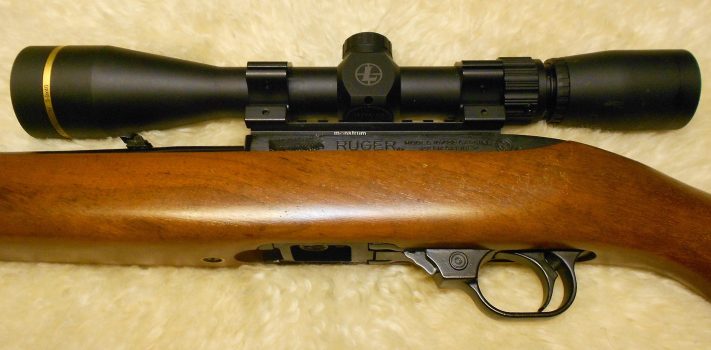Seed Saving Tips – Part 3, by St. Funogas
(Continued from Part 3. This concludes the article.) Some seeds such as zinnias weigh as much as the chaff so I don’t even try to separate the two. Other seeds are both super tiny and very lightweight, such as chamomile, so these also are not worth trying to separate. In Photo 14, some of the actual seeds are circled in yellow while many more are hidden beneath the chaff. When I plant zinnias, I direct sow by tossing out handfuls and lightly raking them in. PHOTO 14 – Zinnias (Mixed with Chaff) Photo 15 demonstrates how …

